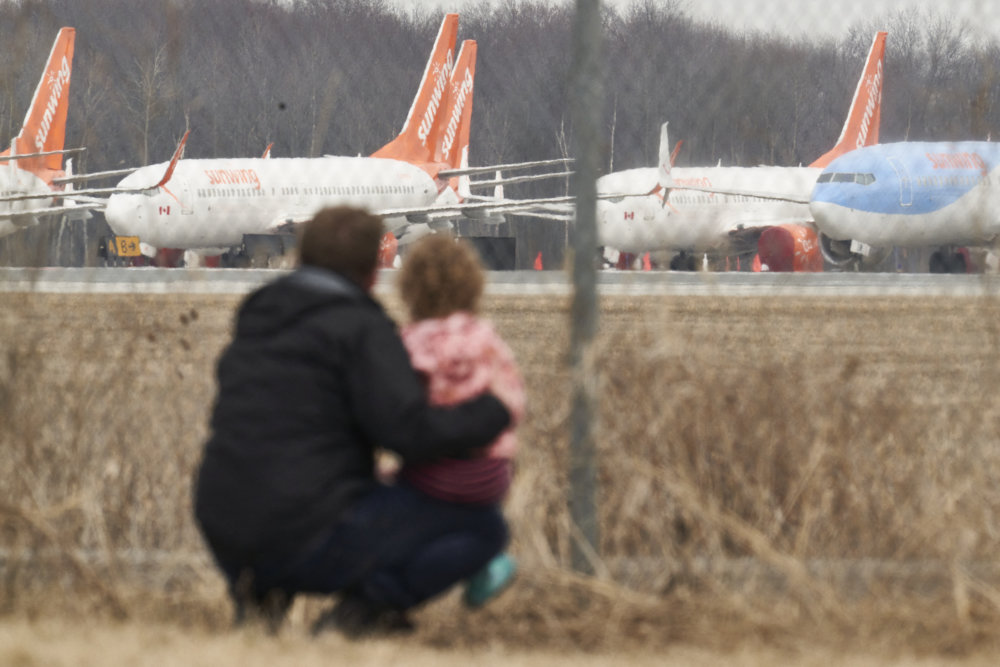
International students are increasingly attracted to Canada for its high-quality institutions and friendly immigration policies. Now, even smaller Canadian cities are welcoming record numbers of foreign nationals to study, work, and eventually settle down in Canada.
Recent research out of Ryerson University displays a 45% increase in the number of immigrants settling in smaller Canadian cities between 2013 and 2019. At the same time, the immigrant population in four major Canadian cities — Toronto, Montreal, Calgary and Vancouver — increased by 9%. While the large jump proves that smaller Canadian cities are accepting more immigrants than ever before, Toronto still has the highest immigration rate in Canada (163 immigrants per 10,000 population in 2019).
According to Immigration, Refugees and Citizenship Canada (IRCC), the country opened its doors to almost 25,000 immigrants in January 2021 alone. This places it well on track to achieving the 401,000 immigration target this year. As Canada’s school and work schedules typically resume in September, most newcomers arrive in spring and summer every year.
Universities in Canada have a stellar reputation — the University of Toronto, the University of British Columbia and McGill University are ranked among the world’s top 100, according to the Times Higher Education World University Rankings 2021. Aside from these, universities in smaller cities like the University of Regina and Dalhousie University are also becoming increasingly popular among international students. Scholarships in Canada and a multicultural society reduce financial and cultural barriers respectively.

Canada’s immigration numbers are back on the incline. Source: Geoff Robins/AFP
Immigrant-friendly Canadian cities
So now that we know immigrants are looking outside major Canadian cities, which places should you consider? Among the popular choices in recent years include Regina and Saskatoon in Saskatchewan, each with higher immigration rates than Toronto. One thing they have in common? An ageing population.
As stated in the research paper, “The significant increase in international migration to Canada’s mid-sized urban centres has been a direct response to the demographic and workforce challenges associated with an ageing population.” The federal government supports immigration to smaller urban centres, too. The Provincial Nominee Programme (PNP) has allowed provinces to tailor their immigration programmes based on local needs, which taps into relevant talent pools as necessary.
With ageing populations occupying these cities, they need to rapidly grow their workforce. Immigration is the quickest way to do that. The pandemic dramatically dipped immigration numbers by 70% in the first half of 2020. Despite that, the country remains committed to its goal of attracting 1.2 million immigrants over the next three years. Now that Canada is returning to its pre-pandemic numbers, the future is looking bright for international students in Canada. Here are some other cities topping the list, based on the Ryerson research:
- Halifax
- Charlottetown
- Fredericton
- Moncton
- Swift Current
- Winkler
- Steinbach
- Brandon
- Thompson
- Brooks
- High River
- Wood Buffalo










